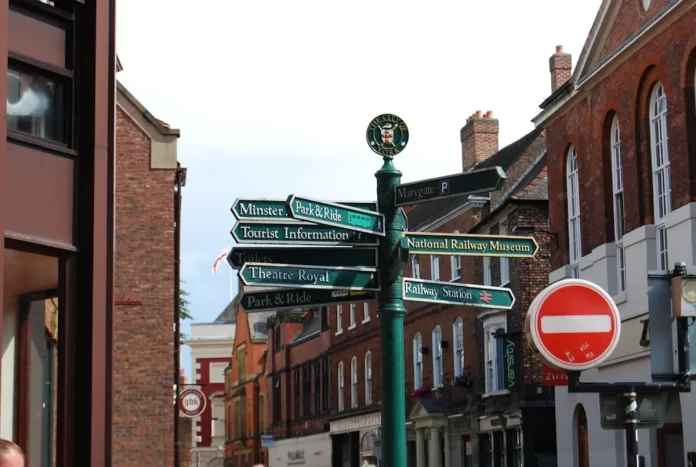Gender Imbalance in European Streets: Blog on Culture and Social History
A considerable gender imbalance is revealed by analyzing street names across Europe, which shows a historical prejudice. Only one street was named after a woman out of every ten streets compared to men. It’s interesting to note that the Virgin Mary, who was portrayed in countless versions, was the most common female whose names were named after streets. These findings reveal the need for more inclusive naming practices and the underrepresentation of women in Europe.
Approximately 146,000 streets of Europe in 30 major cities across 17 nations were thoroughly investigated under the mapping project. The mapping shows that nearly 10% of streets are named for women, which is nearly 4,800 streets. The mapping analysis revealed that over one-third of European streets (about 53,000) were named after famous personalities.
It revealed that approximately 48,000 streets had male names. In addition, a small percentage, that is about 0.5% were named after non-binary or gender-ambiguous personalities. This difference is highlighted on the mapping project’s website, which claims that the marginalization of female contributions to history, art, culture, and science as a subtly persistent reminder.
The gender imbalance was clearly visible in European cities’ streets, named after women, like:
| City | Streets Named After Women |
| Stockholm | 19.50% |
| Copenhagen | 13.40% |
| Berlin | 12.10% |
| Athens | 4.50% |
| Prague | 4.30% |
| Debrecen | 2.70% |
The Most Popular Women in European Street Names Revealed
| Name | No. of Streets | Profession |
| Apostle Paul | 28 | Religious leader, author |
| Marie Curie | 24 | Physicist, chemist |
| Mary Magdalene | 18 | Religious figure |
| Teresa of Avila | 16 | Religious leader, writer |
| Catherine of Alexandria | 15 | Religious figure |
| Saint Barbara | 18 | Religious figure |
| Saint Lucy | 12 | Religious figure |
| Saint Clare of Assisi | 12 | Religious figure |
| Martha | 11 | Religious figure |
But around 3200 women featured in European street names do not belong to the religious category, even though religious personalities account for most of the top ranks. Instead, they are cultural icons, and writers predominately from the 19th and 20th centuries are the most popular occupation. The Russian journalist Anna Politkovskaya, who was tragically killed in 2006, is a more recent addition to the list and has streets named after her in Prague, Paris, and Rome.
It’s interesting to note that most of the women honored in European street names were born in Europe, except for former Indian Prime Minister Indira Gandhi and well-known South African musician Miriam Makeba, who appear to be the only non-European women in the examined cities.
Cities Struggling with Gender Imbalance in Street Names
Mapping Diversity project has significantly closed the gender difference in street names. Between 2012 and 2022, more streets were named after men than women in Amsterdam, Berlin, Milan, and Valencia. It shows the problem has even gotten worse in cities over time in terms of gender balance.
The number of streets with names like the Virgin Mary and Saint Anne is widespread, but the representation of women’s name is still depressingly low. Only six women came were to appear in the top 100 street names in the 15 capitals of Europe. The researchers emphasize the enormous gender gap in street names in Mapping Diversity, which also emphasizes the pressing need to solve this problem.
Milan Sets an Example with Gender-Balanced Street Names
Milan has taken aggressive measures to remedy the gender disparity in street names by making sure that both men’s and women’s names were appear equally. The city now celebrates a woman with a street name for each new street. This shows a dedication to attaining a more equal gender distribution in the metropolitan environment.
It is difficult for the mapping panel in charge of street names to strike this equilibrium. It is more challenging to ensure fair representation because they receive a disproportionately higher number of proposals for male names compared to female names.
The slower rate of urban growth constrained the number of new streets named each year in European cities. It would take many generations to close the large difference of roughly 43,000 streets that currently benefits men, even if all new avenues were named after women.

